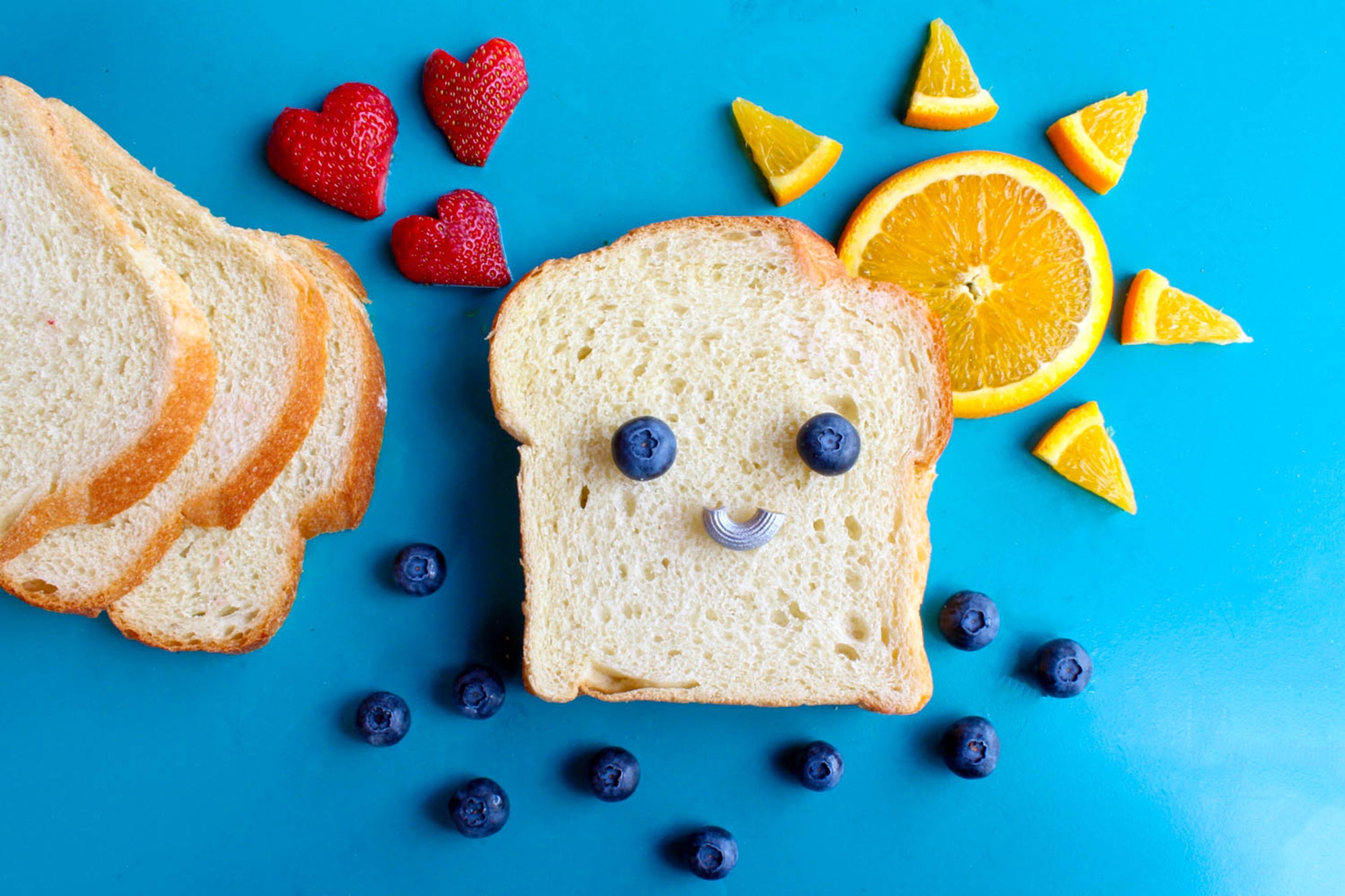The first week of school is almost here, and in addition to getting backpacks, school supplies, and outfits put together, it’s time to start planning lunches and snacks. This year, get your children involved in putting their lunches and snacks together and make the process fun and organized with these helpful tips:
Pre-make portions
Vegetables, fruit, cheese, meat, crackers and pretzels make great additions to a school lunch or morning snack. They can also easily be put together in advance or the day of. Cut up and pre-wash a couple of varieties from each food group – before you stock up on groceries for the week, talk to your family and find out what food they want to take for their lunch or snack.
Pre-wash and cut up the food before the school week begins. You can either store the food in large containers for your children to take from each day, or you can get your children to help you create pre-portion containers they can easily grab-and-go in the morning. The key to this tip is variety. No child wants to bring the same food every day for lunch, so make sure there are a couple of different options they can choose from.
Use what you have
School lunch doesn’t have to be fancy or complicated – in this case, simple is always better. Use up the items you have around the house that are already prepared. For example, heat up leftovers and bring it to school in a thermos, or create an entirely new dish. Leftover meat can be used to make a salad, wrap or sandwich. Leftover vegetables can be added together to make a quick stir-fry or fajita filling.
Vegetables and fruit don’t have to be cooked or prepared in a special way either – if you do want to add a fun element, get your children to pack a dip like hummus, ranch dressing or yogurt.
Freeze food for busy times
It’s always a good idea to have a few back-up options, especially during busy weeks. Stock up your freezer with frozen food that can be left in the fridge over night to thaw or re-heated the morning of. For example, if you have leftover soup or chili, freeze some in individually-portioned containers. Leftover pizza can also be frozen and heated up for lunch. Muffins can be added as a snack or a lunch side, and taste just as good if frozen.
If you have time before the start of the new school year, consider putting together some “emergency” meal options, and regularly check your deep freeze to make sure your stock is replenished.
Make lunch prep a routine
The best way to make sure lunches are ready and organized is to make it part of your family’s weekly routine. One option is to set aside time before the school week (like Sunday evening) to prepare everything you and your family will need for the coming week, like cutting up fruit and vegetables, portioning meals, and determining snacks. This way, everything can stay in the fridge or an easily-accessible shelf in your pantry so everyone can take what they need each day.
However, it can be hard to always find enough time every week to do this. If you’re having a busy week, or your schedule is too tight, another option could be to just take some time to plan out lunch options. You don’t have to necessarily put everything together, but go over what food you have available, what potential leftovers you will have from meals, and work with your family to create options for them to have during the week. This will allow everyone to have a good idea of what food they are going to need to take and on what day. Creating a plan will also ensure everyone can find a time that works to make their lunch, whether it’s after school one day or the morning before another day, depending on their schedules.













